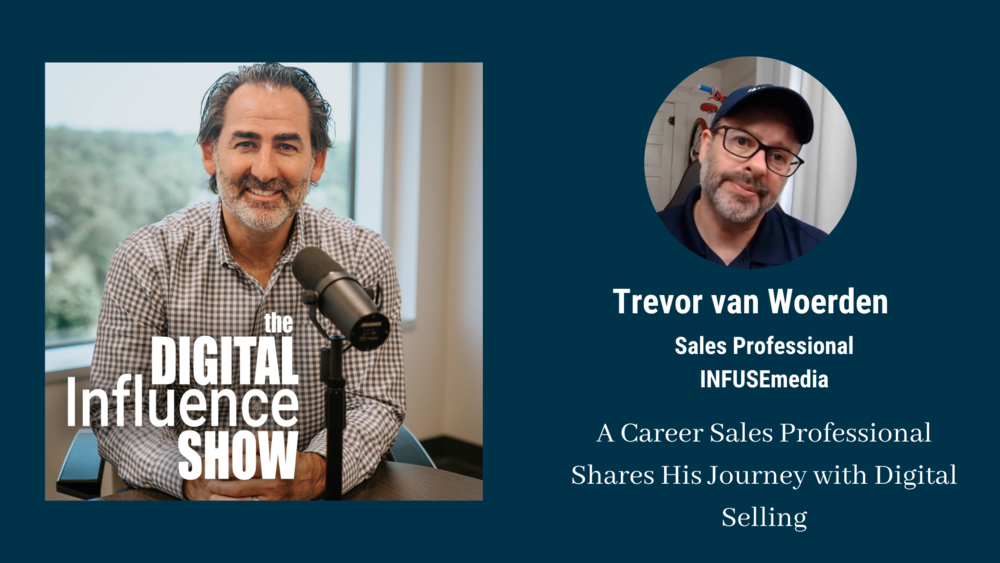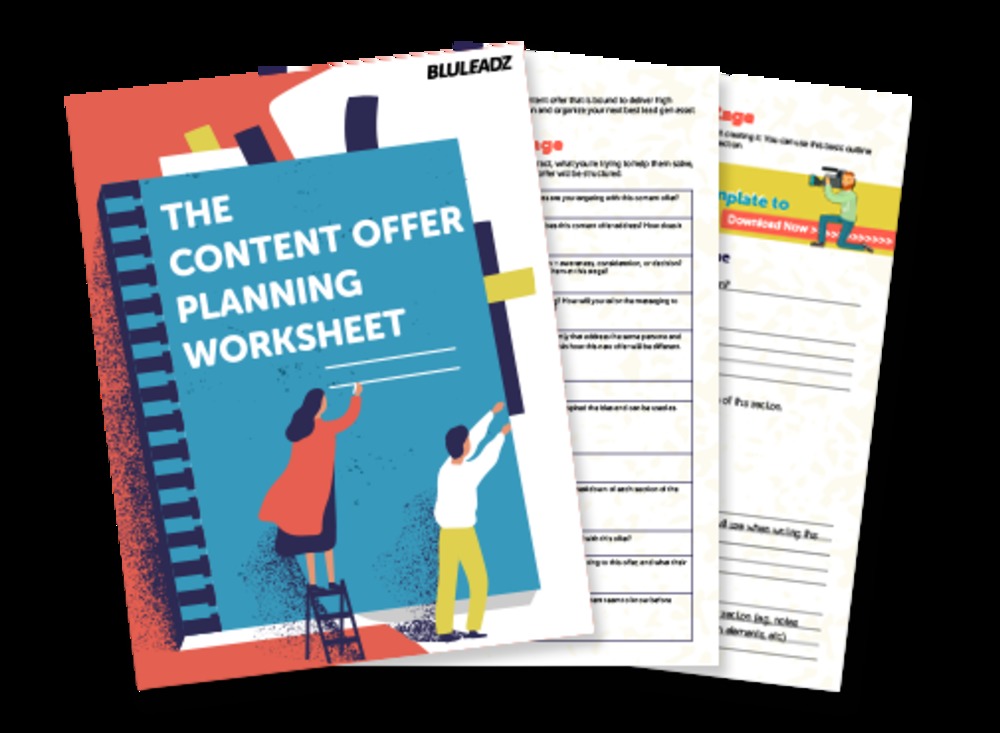A question we get asked often is if social media can be useful to help an ABM strategy. The answer is a resounding yes. A strategic team approach to social can help a company dominate their industry through strategic social relationships.
We call the tactic Grid Selling. I would like to thank my partners Tim Hughes and Adam Gray of DLA Ignite for introducing me to this system. It’s brilliant!
Grid Selling is where your team members systematically builds social relationships with your targeted customer’s team members. All across your business, sales, pre-sales, marketing, finance, hr, etc. connect with and grow social relationships with your targeted customers. This is not unusual for most businesses. What is unusually is WHEN your company begins to build these relationships.
Typically, most people on your team would get introduced to their counterparts at the natural stage of a deal. With social media, we can bypass the traditional stages and begin to build strong relationships, across all departments as soon as your team choice to focus on a targeted customer.
By creating a grid approach, your company will naturally become the obvious choice when they engage potential vendors or start to search for your product or service.
This is how a company can build digital dominance over their competition. This also can protect your company from a sales person leaving your company or your key contact leaving your client’s business. There is protection in more strong relationships.
At this point, most people I speak with will say something like, “this all sounds like a good strategy BUT, we tried social selling before and it didn’t work.” If you thought this same sentiment, please give me a few paragraphs to change your thinking on social selling.
What is Social Selling?
If you have read any of my content before, you know that I hate the term social selling. It is too ubiquitous and everyone had different ideas of what it means so I try to stay away from it. Let’s focus on the word “social” though.
Social networking is social. It works like a networking event. Consider the cocktail party the night before a conference opens. It is fun, there is usually music and it is a time to be social. You create conversations with people, you get to know people and you build relationships. My goal was always to use this time to be known, liked and trusted in order to get more people to come visit me at my booth because they enjoyed the conversation, not because they were ready to buy something. See the difference here?
The friendly, relationship building conversations is what creates people choosing to come to the booth for a visit. The natural progression of conversation while they visit their new friend (me) is to ask, “so tell me what you do?” Viola! We just networked and nurtured a relationship that became a business opportunity.
What Social Selling IS NOT!
Social Selling is NOT sharing your brochure information. In the example above, if anyone attends the cocktail party the night before a conference starts and walks the room handing out brochures and only talking about their business and looking for buyers, they will fail miserably. They may even get security called on them because it is not appropriate behavior for the event.
Similarly, sharing brochure and website style content only in social media is not appropriate behavior. No one will call security on you but they will demonstrate their response with, well a lack of response. Consider a test we ran with one of our customers.
How Social Networking Really Works
We created an experiment with a skeptical customer to demonstrate how humans naturally respond in social media. We asked him to create 5 posts in a week. Four posts were the same corporate content posts that he has shared with every post he shared. One was a more “human” or “social” post that we helped me create. Here are the results
Human / Social Content: 32 likes, 5 comments
Corporate Content: 2 likes
Corporate Content: 8 likes
Corporate Content: 0 likes
Corporate Content: 2 likes
Do you see the pattern? Also, several of the likes were from co-workers and close friends who are not potential buyers.
Where Anyone Can Start
1. Create a Buyer-centric “human” profile. – Your LinkedIn profile is like a window into who you are. When you profile is more human and less corporate, more people want to connect with you. People like to engage with real people and not people who lead their online representation with the highlight reel of their work accomplishments. That is bragging and we, as a society, don’t tolerate bragging well.
2. Grow your network. – If you want to influence your industry, you need to have a large network. If your team wants to influence a company, you all need a large network of high quality relationships who work in the company.
This method will increase your competitive advantage to be invited into conversations with your customers earlier in their buying journey. It is also a valuable way to support renewals. If your main contact leaves the business, don’t worry, your team has collective strong relationships to help influence the renewal.



